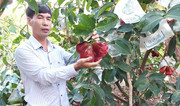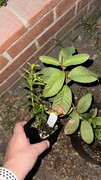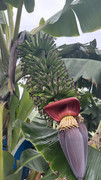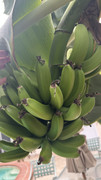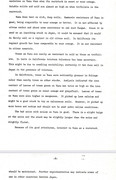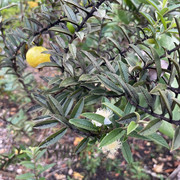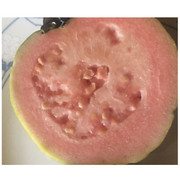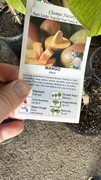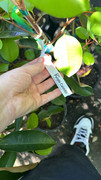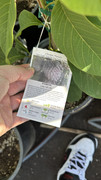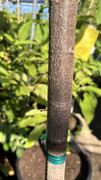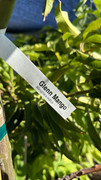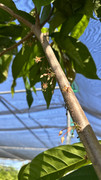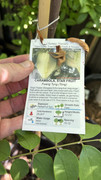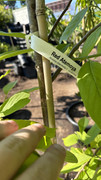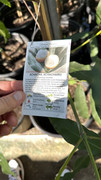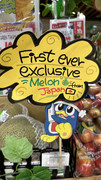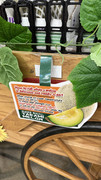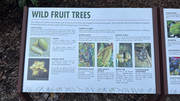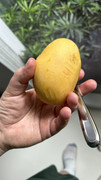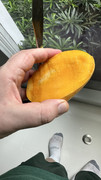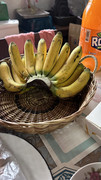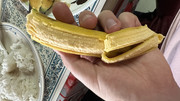Saw this variety at Mimosa Nursery in Los Angeles recently. They have it listed on their website as well. Googled it to find more information and found an article about it.
Article:
https://voh.com.vn/thi-truong/lai-tao-thanh-cong-giong-man-moi-nang-suat-cao-va-dat-tieu-chuan-xuat-khau-429883.htmlTranslation:
After many times going to participate in the International Fruit and Vegetable Exhibition, and in 2015 once happened to encounter a Taiwan fruit fair booth, in which Mr. Tran Quoc Toan, Director of Ngoc Dinh Import and Export Limited Company, feel most surprised is their fresh plum products, because their plum products look very beautiful, delicious and sweet, especially the selling price of their plum products is not cheap at all. At that time, Vietnamese money was calculated at about 400 thousand VND/kg.
After a trip to visit the fruit fair booth in Taiwan, Mr. Tran Quoc Toan, Director of Ngoc Dinh Import-Export Limited Liability Company based in Hoc Mon District, Ho Chi Minh City, always worries, why our country's plums are very low in price, and their country's plums have a high resale price but dozens of times higher than our country's. It was from those concerns and thoughts that Mr. Tran Quoc Toan researched and visited the models of plum cultivation in Taiwan and studied the varieties, climate and how they cared for them. After visiting this plum variety growing model in your country, Mr. Tran Quoc Toan has summarized a lot of experience from this plum. First, in terms of care, they cover bunches of specialized bag-type plums for plums to avoid pests and yellow flies and more importantly, to minimize the use of pesticides, because their plums have been exported all over the world. In terms of climate, their country is not as favorable as our Vietnam, especially in November to February next year, the weather in winter, the temperature drops, so their plums have to be made as a greenhouse to limit fruit loss and cracking. As for Vietnam, the weather is favorable, we will reduce the cost of greenhouses. Since then, he has successfully learned and bred this plum variety to develop in his home country.
Mr. Tran Quoc Toan, Director of Ngoc Dinh Import and Export Limited Liability Company shared: "In 2018-2019, we also exported to some countries, which were highly appreciated by some partners for our company's plums. This new plum variety is different from many Vietnamese plum varieties today, although it is still red, this plum is more bright red. As for the quality, it is completely different, and the weight of the fruit is from 4-5 fruits/kg. Because this plum itself is a large-fruited variety, we do not need to spray growth drugs or stimulants at all. As for the quality, this plum variety is crispy, firm and very sweet. In particular, this plum variety has drained meat, so it is convenient for export".
It is also because of the realization that this plum tree has a very high economic income and is easy to grow in our country, since 2016, Mr. Tran Quoc Toan, Director of Ngoc Dinh Import and Export Limited Liability Company has researched, bred and planted experimentally, applying fruit packaging techniques like in Taiwan. After a year of planting, the first year each plum tree gives 25-30-kg/tree fruit, the second year gives 70-80kg/tree and from the third year or more will give 150-180kg/tree, the more the tree will bear more fruit. Although he has successfully bred this new plum variety, Mr. Tran Quoc Toan does not keep it for himself, but wishes to widely disseminate it to many people who need technical guidance on cultivation as well as buying plant varieties.
"Through many years of planting and testing, this plum variety has a very stable yield. People who plant and take good care of each hectare will give 80- 100 tons/year if from the 4th year or more. As for the growing time, about 10 to 12 months, the fruit is already given. The planting density is about 500 plants/hectare. Currently, if our selling price in the garden is about 100 to 120 thousand VND/kg, it is normal to give an income of a few billion VND/hectare. We find this to be a very potential plum variety economically. Not only ensuring the life of the family but also can help farmers get rich on this new plum variety", Mr. Tran Quoc Toan added.
In order for newly bred seedlings to be guaranteed in terms of quality and yield, Ngoc Dinh Company has been planting and surveying continuously from 2016 until now, every year the company produces 3 fruits, two opposite crops and one good crop, the rate of flowering, fruiting and development are the same. 'The new plum variety has been registered by Ngoc Dinh Company as an exclusive intellectual property trademark with the trade name plum seedling - Plum Hong MST (the spelling name of ''Plum Hong Soc Trang''.'
Regarding the upcoming orientation and plan, the company will supply seedlings to the market and link a material area of 1,000 hectares or more for planting, processing, packaging and export. According to calculations, this new plum variety is planted with only a selling price of 100-120 thousand VND/kg, it will have an average income of 7-8 billion VND/year/hectare, because the yield and yield of this new plum seedling is very high, if planted in the fourth year or more, one hectare will yield from 80-100 tons/year, this is a crop that will bring very high income and economy to farmers in the near future.
